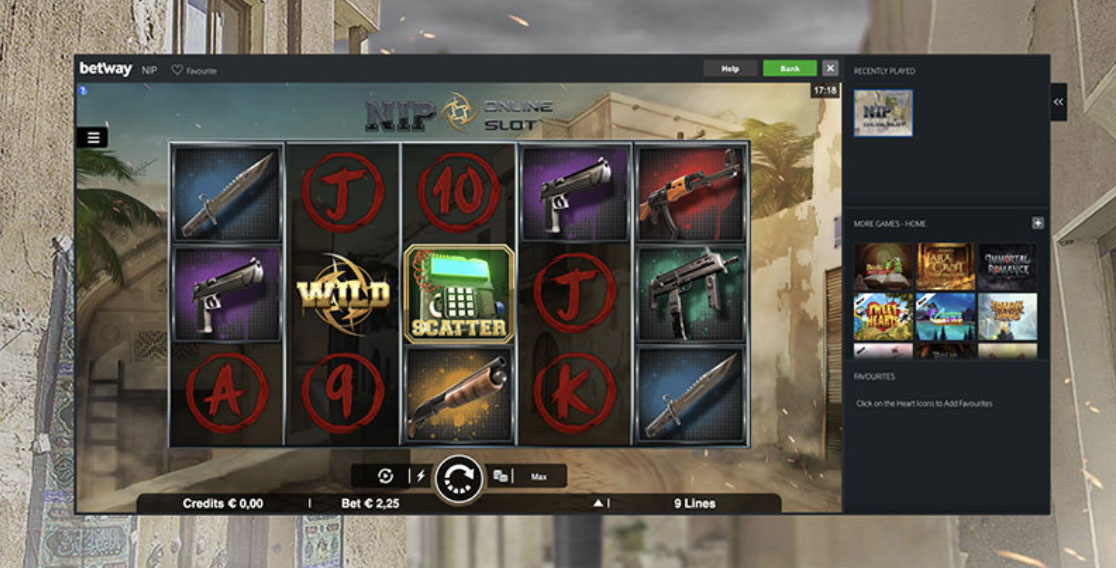
Credit – ESports.net
Counter-Strike: Global Offensive is on its way to clocking eleven this year and remains a household name among the most well-known international esports games. Every year, CS:GO hosts sizable competitions in renowned places like Paris and Cologne, attracting fan bases in the thousands. All these reflect the popularity of this reputable game and beg the question of why it is so popular and why it still does well in betting.
Is it a result of its gaming population and following? Is it the million-dollar tournaments, or how simple it is to play? There are numerous answers that the game’s observers and enthusiasts continue to give. To shed more light on why it remains favorite and popular among many gamers, this article will help you understand different CS:GO casino games concerning their popularity and the reasons behind them. Come with us!
Reasons Behind The Popularity Of CS:GO’s Casino Games
- A substantial player base
One element that CS:GO continues to retain is its appeal compared to other games. The game has accumulated a considerable player base over the years. 24 million monthly active users were playing Counter-Strike: Global Offensive at the beginning of 2020, and more continue to accrue.
There are numerous communities for this game all around the world. Because of this, it hosts multiple tournaments and events throughout the year. You can find communities for CS:GO in Asia, Korea, the United States, and many more places. CS:GO bettors and its fan and player base are an internationally recognized group.
Teams travel from all over the world to compete in CS:GO events, in addition to the global communities that promote the game. The fact that well-known teams play this game demonstrates its global appeal.
- Easy and logical playing
According to PR Newswire, the esports gambling market will hit $13 million in 2025. In addition to the game, CSGO is renowned for playing a significant role in esports betting. CS:GO accounts for one of the most considerable betting communities in the esports sector.
In light of real-life gameplay—there are no demons or other odd creatures here—betting with real money on CSGO matches is easy. Instead, a typical FPS game pits the heroes and the villains into two teams. This hero versus villain concept is elevated to a new level in CS:GO. Players use guns and other weapons, which many see on television or in the news. Additionally, the CS:GO ranking system is relatively simple to grasp, and raising your rank may not be the most challenging task in this game.
This game requires a lot of skills, pace, and thinking. Compared to other eSports games like Dota 2 or League of Legends, you can bet on CSGO gambling sites uniquely. This creative design of CS:GO makes a compelling argument for its gambling skill.
Also, CS:GO has been around for a while, which has helped it grow and attract various mature consumers. While many younger players are in the game, older players can also enjoy its pleasure—a more senior group’s likelihood of wagering increases when tuned into the games.
- The concept of skins and other items in its intriguing ecosystem
The appeal of CS:GO goes beyond simply playing the game and placing bets. Online markets have become the center of a cult following and a unique universe for skins and accessories. Some players view skins and items as valuable, much like digital gold.
Players now value skins because they can alter an item’s appearance. In-game drops of knives, badges, or weapons can be helpful when playing the game. Gamers can employ skins as bets to enhance the appearance or gameplay of their in-game objects.
At this point, skin and item betting became essential to eSports gambling, particularly in the CS:GO community. Players that enjoy customizing and enhancing the appearance of the gear they use in matches are drawn to this eSports game.
- Amazing competitions, events, and live streams
Numerous companies, including the developer of CS:GO, host offline and online events. Organized local competitions happen in CS:GO. Awards at these competitions are often worth up to $1 million. The popularity and devoted following of esports are on the verge of surpassing those of traditional sports.
These CS:GO tournaments also influence event planners to permit gambling sponsorships to a greater extent. League of Legends game publisher Riot Games has outlawed all wagering-related marketing, rendering it more challenging for bookmakers to connect with LoL players. Sportsbooks have more chances to promote in CS:GO, so they find it simpler to increase their visibility among players.
Conclusion
Although there are more CS:GO players than ever, others have opted to take a break or quit the game altogether. The game’s ease of use and boredom may go hand in hand because it is straightforward to pick up and play. Some players contend that the game’s gameplay grew stale and repetitive.
Even if a new game is published every minute, CS:GO is still the one to defeat. Although there are still some questions, the abovementioned factors show that the game’s appeal has remained strong. The game is still growing, and its developers don’t anticipate it slowing down soon.


























Be the 1st to Comment